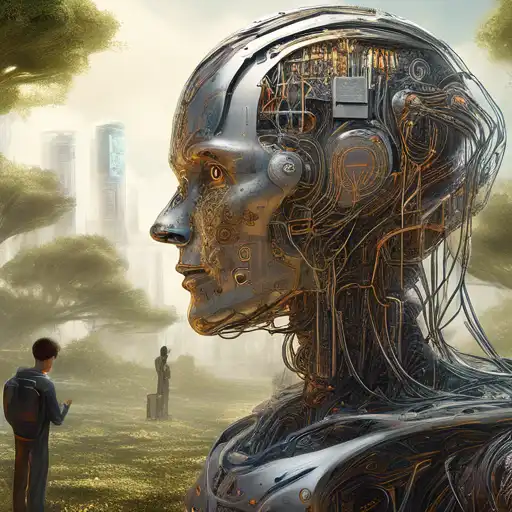Understanding Natural Language Processing
Natural Language Processing (NLP) stands at the intersection of computer science, artificial intelligence, and linguistics. It enables machines to understand, interpret, and generate human language in a way that is both meaningful and useful. From virtual assistants to translation services, NLP is revolutionizing how we interact with technology.
The Core Components of NLP
NLP involves several key components that work together to process human language. These include syntax (sentence structure), semantics (meaning), and pragmatics (context). By analyzing these elements, machines can grasp the nuances of human communication.
Applications of Natural Language Processing
The applications of NLP are vast and varied. Here are some of the most impactful uses today:
- Virtual Assistants: Siri, Alexa, and Google Assistant use NLP to understand and respond to user queries.
- Translation Services: Tools like Google Translate leverage NLP to break down language barriers.
- Sentiment Analysis: Businesses use NLP to gauge public opinion on products and services through social media monitoring.
- Content Recommendations: Streaming platforms like Netflix and Spotify use NLP to recommend content based on user preferences.
Challenges in Natural Language Processing
Despite its advancements, NLP faces several challenges. Ambiguity in language, cultural nuances, and the ever-evolving nature of human speech make it difficult for machines to achieve perfect understanding. However, ongoing research in machine learning and computational linguistics continues to push the boundaries of what's possible.
The Future of NLP
The future of NLP is bright, with advancements in artificial intelligence paving the way for more sophisticated understanding and interaction. As machines become better at processing natural language, we can expect even more seamless integration of technology into our daily lives.
Natural Language Processing is a fascinating field that bridges human communication and machine intelligence. By continuing to explore and innovate, we can unlock the full potential of machines to understand us in ways we've only begun to imagine.
